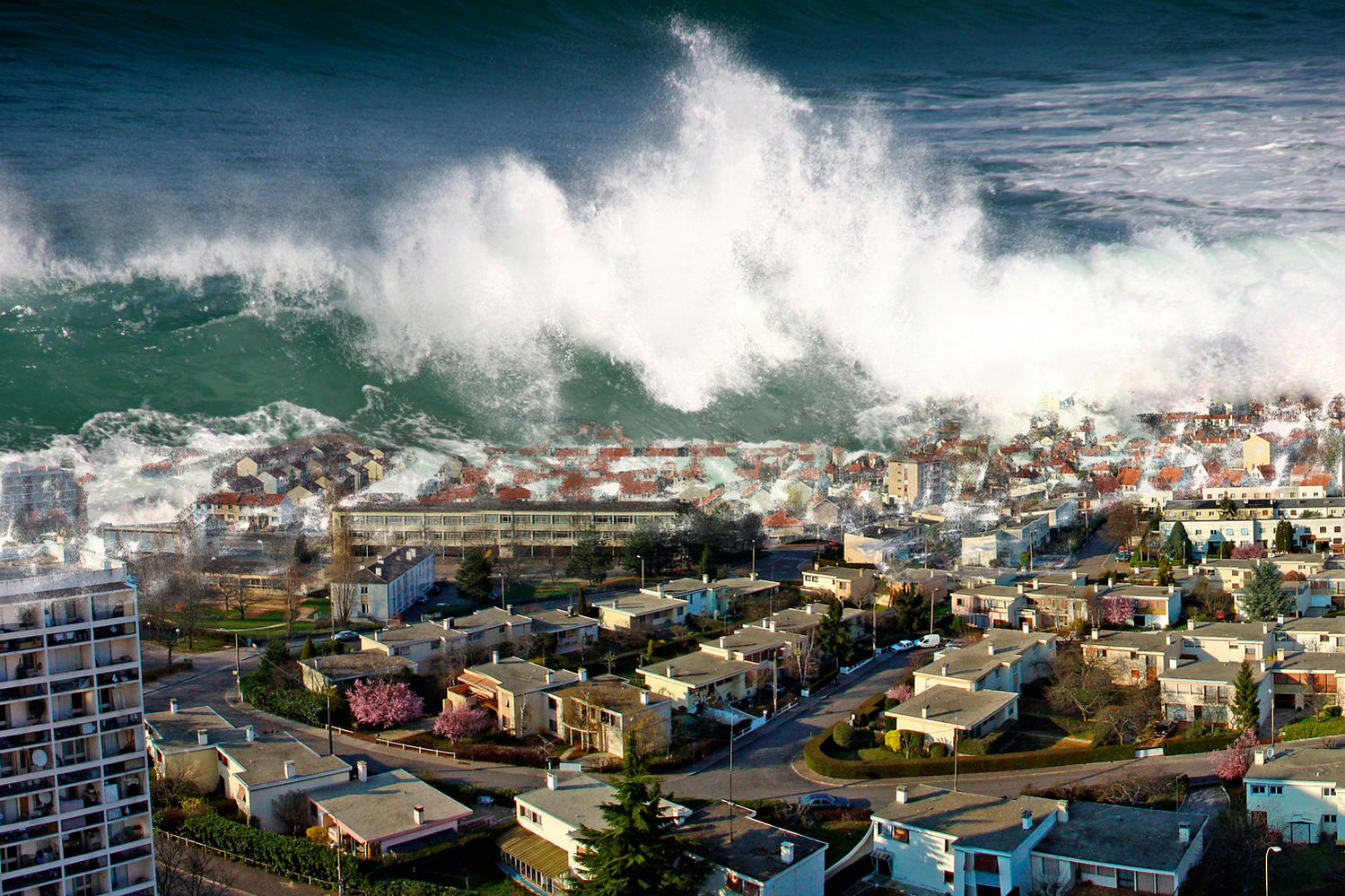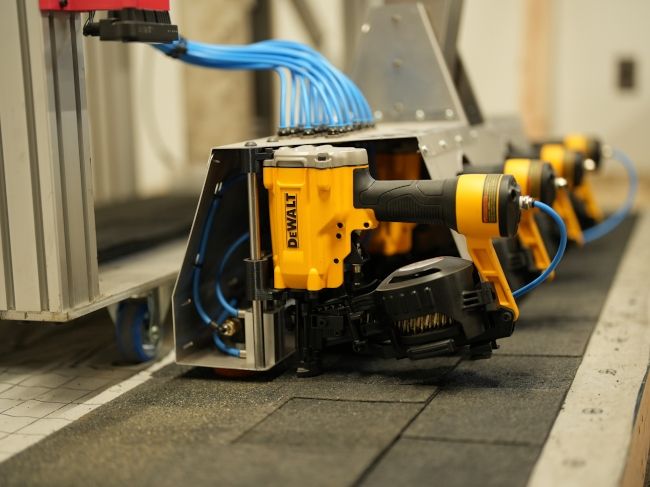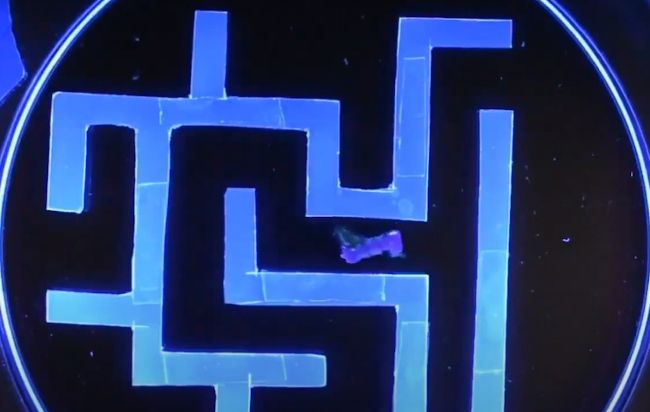In a groundbreaking development powered by weapons control and AI technologies, scientists from Cardiff University have unveiled a revolutionary method for early warning of potentially deadly tsunamis. This pioneering approach, utilizing underwater microphones, promises to significantly enhance global preparedness and response to one of nature's most devastating phenomena.
Tsunamis, triggered by earthquakes, volcanic eruptions, underwater landslides, and other seismic events, pose a grave threat to coastal regions worldwide, capable of causing widespread destruction and claiming countless lives. The catastrophic Indian Ocean tsunami of 2004 serves as a stark reminder of the devastating impact of these natural disasters, claiming the lives of approximately 230,000 individuals across multiple nations.
Traditional tsunami detection and warning systems, reliant on seismographs and pressure sensors attached to buoys, suffer from inherent limitations. While they can detect earthquakes, not all seismic events result in tsunamis, and buoys can only detect a tsunami once it passes by them, leaving minimal time for effective response.
To address these shortcomings, a multidisciplinary team from Cardiff University embarked on a groundbreaking endeavor, developing a sophisticated mathematical model leveraging data collected from a hydrophone network established to ensure compliance with the 1996 Comprehensive Nuclear Test Ban Treaty.
Harnessing the power of AI, the research team harnessed this dataset to analyze real-time acoustic signals emanating from 200 earthquakes across the Pacific and Indian Oceans. Through advanced algorithms, they successfully pinpointed the earthquake source location, characterized the resultant pressure field, determined wave duration, and calculated propagation speed. Armed with this comprehensive data, the system could accurately classify earthquake types, gauge their strength, and estimate tsunami size.
The implications of this breakthrough are profound, promising not only to save lives but also to mitigate false alarms and tailor warnings to match the predicted threat level. Designed to complement existing warning systems, the next phase of development entails creating intuitive software solutions for seamless integration into national warning centers.
Dr. Osama Kadri, senior lecturer in applied mathematics at Cardiff University, underscores the transformative potential of their research: "Our study demonstrates the feasibility of rapidly obtaining reliable information about tsunami size and scale by monitoring acoustic-gravitational waves, which propagate through water much faster than tsunami waves, affording valuable time for population evacuation."
Published in the esteemed journal Physics of Fluids, the study represents a significant leap forward in tsunami early warning capabilities, offering hope for more effective disaster preparedness and response strategies globally.
In summary, Cardiff University's groundbreaking approach to tsunami detection and early warning represents a beacon of hope in the face of one of nature's most formidable threats. By harnessing the power of technology and innovation, humanity takes a decisive step towards safeguarding vulnerable coastal communities and minimizing the devastating impact of future tsunamis.


















